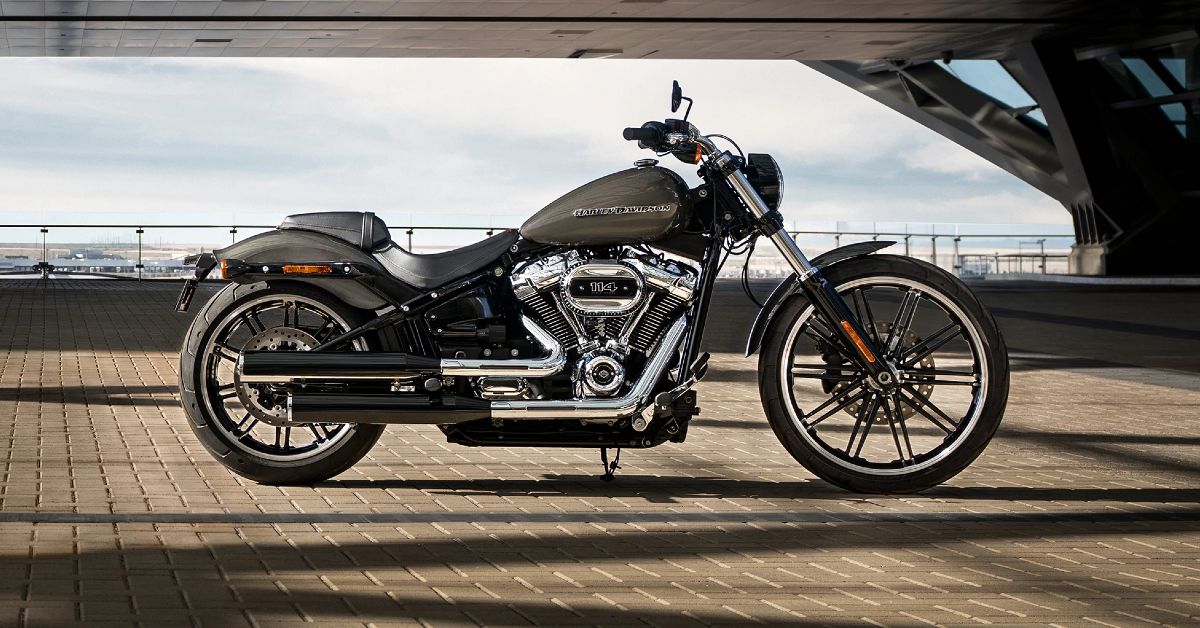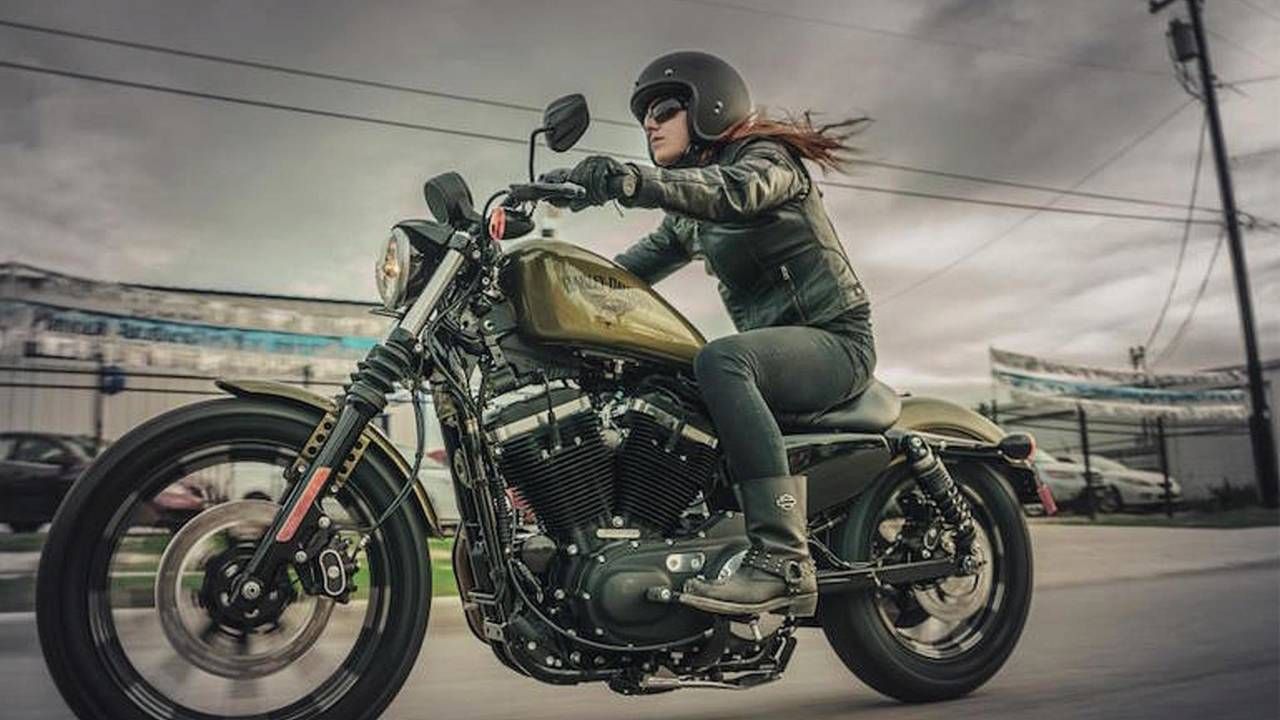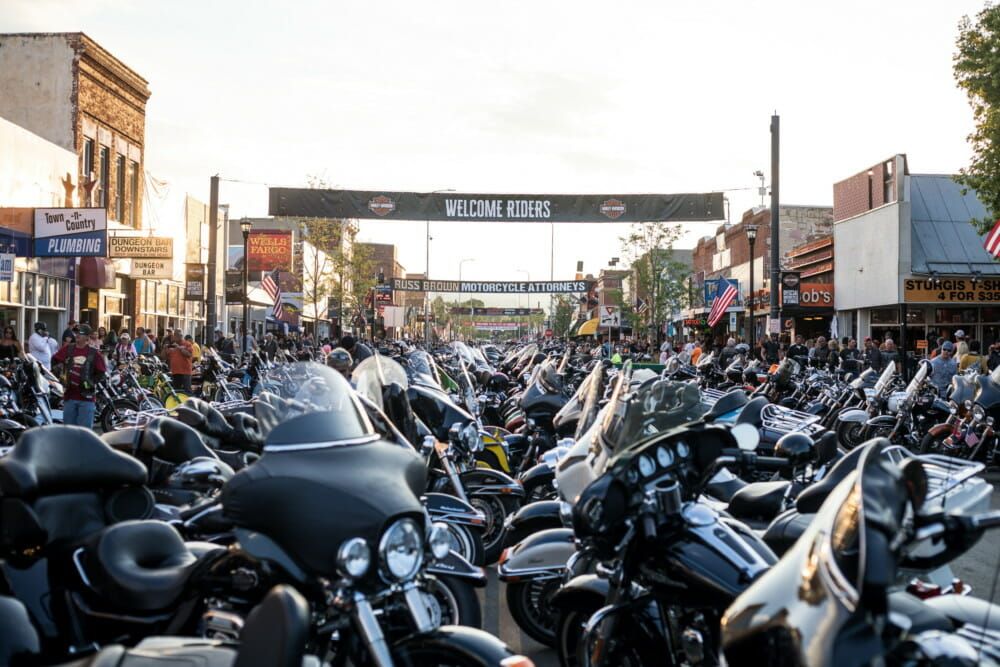Harley Davidson is an American motorcycle manufacturer founded in the very early 20th century in Milwaukee, Wisconsin, and is famous for surviving the Great Depression, ownership changes, subsidiary issues, and periods of negative economic health.
It has risen to prominence not only in the United States but also worldwide, becoming one of the largest motorcycle manufacturers and having a loyal and cult-like following. I mean, just check out these 15 weird things only Harley Riders do.
This company is notorious for a customized and unique style that gave rise to the chopper-style, a type of custom motorcycle which emerged in the late 1950s, showing extreme styling and modified steering angles. This bike is highly desirable by many car owners and motorcycle enthusiasts - just check out these 15 facts about choppers that will make you want one badly.
Let's dive a little deeper into the history of Harley, and see the rise, the prominence, and the subsequent fall of this behemoth brand...
The Rise
Between 1945 and 1970, the number of registered motorcycle owners in the United States showed a huge increase, jumping from nearly 200,000 to a whopping 2.8 million. This can be accredited to the changing economy, the personal preferences of auto owners, or the current financial state of those who had enough money to spend on extra luxuries.
The Prominence
By the end of the 1970s, Harley had evolved from just a motorcycle brand and manufacturer to a lifestyle brand. They had jackets, vests, T-shirts, and various memorabilia to commemorate this lifestyle. It even had its own club, called the Harley Owners Group, for customers who really lived the Harley lifestyle.
Leading into the 1980s, baby boomers were prospering after the period of the economic recession that had lasted so many decades. They wanted to do something with their new money and their new financial means - cue motorcycle buying.
The Harley Owners Group grew to per 90,000 members due to this recent prosperity. In 1984, the company made a huge profit margin of nearly $3 million. Just a few years later, profits grew by another $1.5 million, reaching around $4.3 million earned.
Harley Davidson continued to grow in the mid-1980s, and continued this reign of supremacy well into the next century.
In 2006, as its core customer group reached middle age, the stock price peaked, and reported over $1 billion in profit this year. However, this would prove to be the last successful year for this famous company.
By 2007, the recession hit - reminding the company that made it through the Great Depression just how damaging a recession can be. Harley Struggled with its sales, with the stock price plummeting between the years of 2006-2009.
Before the recession had hit, Harley had been trying to market to a new and younger audience, including female-oriented bikes, children's bikes, and fuel-efficient models to keep up with the changing times.
Unfortunately, the timing of the recession totally annihilated any hopes that Harley had at updating and modernizing with the current market.
To survive the new recession, Harley was forced to revert back to the basics, producing the bikes that they knew their customers wanted, even if this target market was aging and the customers were dwindling. This resulted in the production of big and loud bikes, chopper styles, and very masculine and bulky bikes. Despite reverting back to its core roots and resisting evolution, this strategy worked - at least for now.
The Downfall Of Harley
The main issue with Harley is that their core customer base is aging, and Harley is not evolving with the times. In 1985, a motorcycle owner's average age was 27. This average age increased to 41 by 2003, and 50 by 2008, showing how those who enjoy Harley bikes are getting older, and the younger generation is not interested in the style of the bikes, the ethos of the brand, or the idea of motorcycles at all.
The second factor playing into the downfall of Harley is the high price point. The average cost of a Harley bike is around $20,000, which, keep in mind, is high for a vehicle that is not practical, functional, nor stylish according to certain people.
Millennials and those of the younger generation generally don't have $20 grand to doll out on toys - and if they do have an extra $20,000 lying around, it will generally be used to pay off student loans, debt, or be used on apartment rent or trips.
The last problem could be a mixture of the previous two - Harleys have a brand that is considered to be for middle-aged men, and not for millennials, females, or those who wouldn't "typically" be seen riding a cruiser around town or down the open roads.
Despite having a loyal following, it can be clearly seen how the Harley brand is waning in recent years, due to an inability, or a lack of want to evolve with the current market, the current price point, and the current demographics of buyers in today's automaker.




